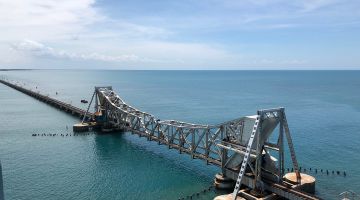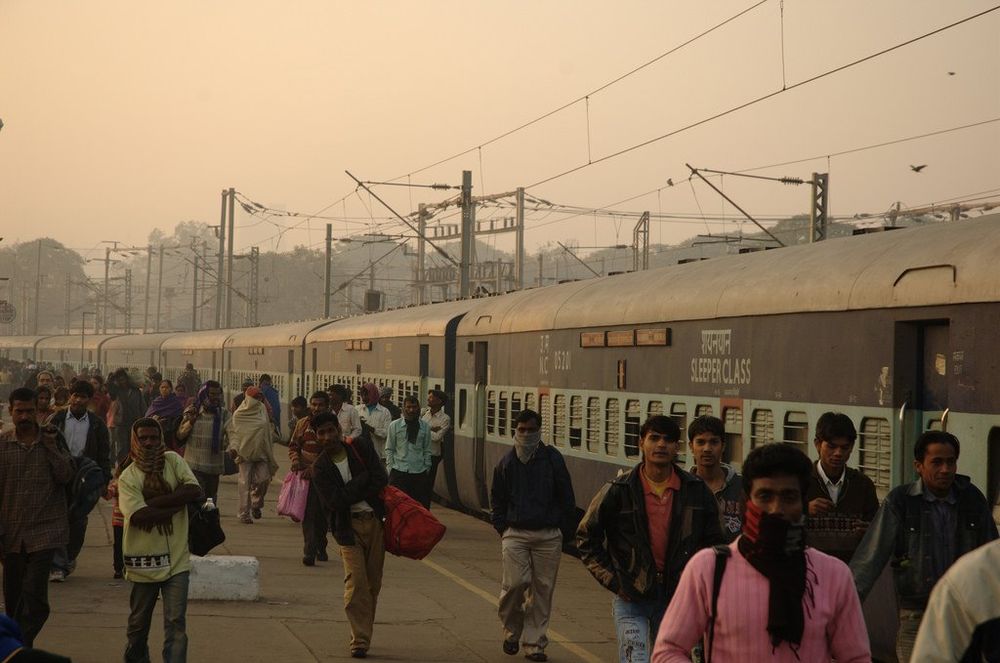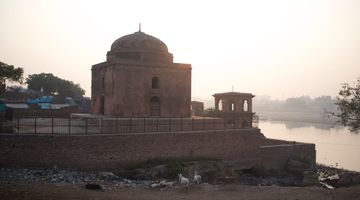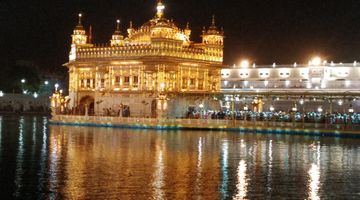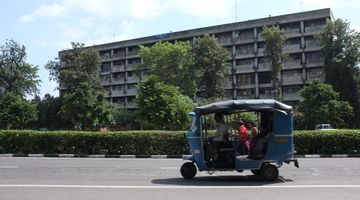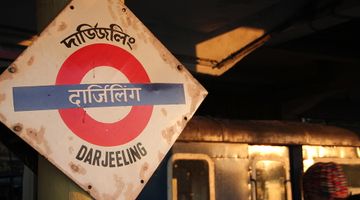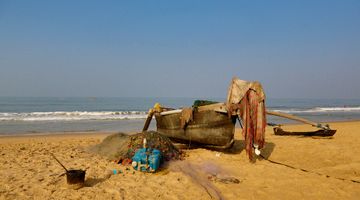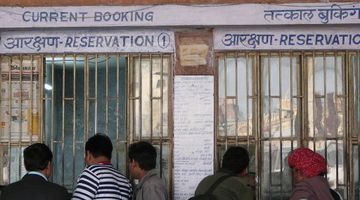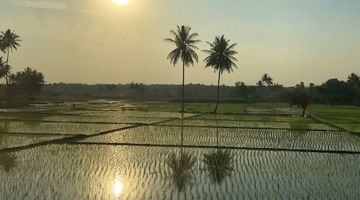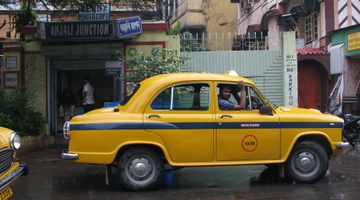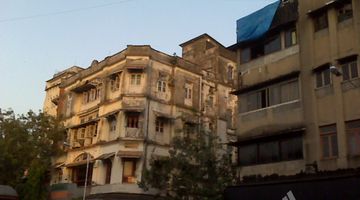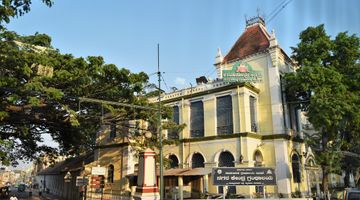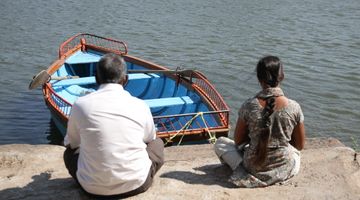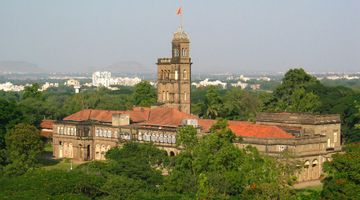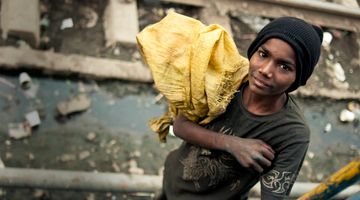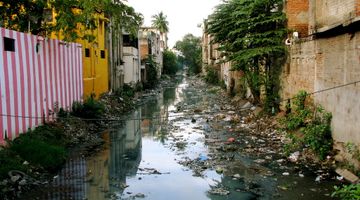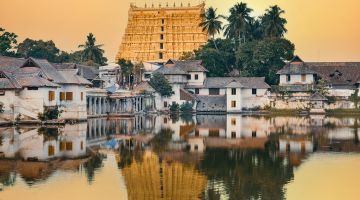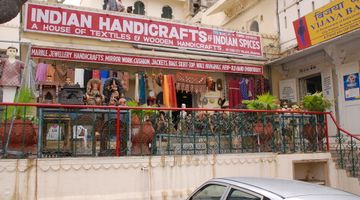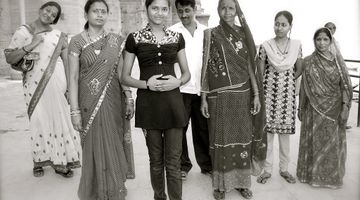Transport in India – How to Get To and From and Travel Around the Country
India is the seventh largest country in the world, and one of the most diverse in terms of its geography. This makes it one of the most visited South Asian travel destinations. On the East, India is bordered by China, Nepal, Burma, Bhutan and Bangladesh. In the North West it shares its border with Pakistan, and to the South lies the island of Sri Lanka.
How to get to India
By air
Being one of the most popular destinations in the Asia Pacific, India has a number of major international airports including one in Delhi, Mumbai, Chennai, Bangalore, Kochi, Thiruvananthapuram, Hyderabad and Kolkata to name but a few.
Reaching India is relatively easy with plenty of international airlines servicing the country, including Emirates Air, which offers excellent service and flies to the following Indian airports: Ahmedabad, Bangalore, Chennai, Delhi, Hyderabad, Kochi, Kozhikode, Kolkata, Mumbai and Thiruvananthapuram.
The UK’s British Airways, which operates some of the most modern fleets in the world, flies directly to Bangalore, Chennai, Delhi, Hyderabad and Mumbai from London Heathrow Airport.
Another British company, Virgin Air, also has several flights to Delhi and Mumbai both from London based Heathrow and Gatwick airports, as well as Manchester and Glasgow.
Germany’s Lufthansa is another major carrier, in fact, the largest in Europe, which has frequent flights to Bangalore, Delhi, Mumbai, Chennai and Pune.
Qantas Airways, Australia’s national carrier, has two regular flights to Delhi and Mumbai.
Another long-running airline, which has chartered flights to Bangalore, Chennai, Delhi, Hyderabad and Mumbai is the Netherlands’ own KLM.
For those travelling to and from France, the best option is Air France, which has regular flights to Delhi, Mumbai and Bangalore.
Turkish Airlines, a well-established name among European flyers, has flights to major Indian airports including, Ahmedabad, Bangalore, Delhi, Kolkata, Chennai, Mumbai and Hyderabad.
Another name to look out for is Malaysia Airlines, which is known for great service and regular flights to Ahmedabad, Bangalore, Delhi, Kolkata, Chennai, Mumbai and Hyderabad.
Thai Airways, the nation’s leading airline, operates domestic, regional as well as intercontinental flights to Delhi, Bangalore, Kolkata and Mumbai. All of the aforementioned airlines offer a variety of comfort levels ranging from First to Business and Economy Class.
If, however, you’re on a tight budget or simply on the lookout for a cheap deal, we suggest you fly with one of India’s own airlines. Air India (affiliated with India Airlines), Kingfisher, SpiceJet, IndiGo and Jet Airways are the key players when it comes to international as well as domestic budget fares.
Airline seats can be booked either via the internet, through designated travel agencies or by phone. All of the aforementioned Indian airlines offer very competitive prices, discounted fares and last-minute deals on domestic flights.
Overland
Although most visitors fly into India, it is possible to travel overland between India and Bangladesh, Bhutan, Nepal and Pakistan.
The overland route to and from Nepal is the most popular, starting out from Kathmandu by air-conditioned tourist bus to Delhi will take you around 30 hours excluding all the potential delays and hold-ups at the border or due to unforeseen circumstances such as road accidents or traffic. A single ticket from Nepal’s capital to Delhi will cost you around INR3000.
By sea
There are also sea options between India and the surrounding islands, but none go beyond Indian sovereign territory. A boat trip to Andaman and Nicobar Islands will, however, take some planning as there are tightly-scheduled ferries which will get you from mainland India to Port Blair. There are between four to eight sailings a month to the Andaman Islands from Kolkata (56 hours), Chennai (60 hours), and Vizag (56 hours).
If you do plan to visit this part of India via the sea, please keep in mind to check the weather several days in advance before booking as often ferry services are suspended due to sea turbulence.
A much easier way to get to the Andaman Islands is by air, there are daily flights to Port Blair from Delhi, Kolkata and Chennai. Airfares to this part of India are relatively expensive starting from about INR20000. Although you may get a good deal if you book months in advance or take a one-way flight, which can cost as low as INR6000.
How to get around the country
By air
The fastest and most reliable way to travel around India is by air, especially since nowadays airfare prices are very competitive and you can almost always get a great deal from one of India’s own budget airlines.
Mumbai to Delhi is one of the most popular destinations with flights offered by almost every major domestic airline, including GoAir, IndiGo, SpiceJet, Air India and Jet Airways. A one-way ticket will set you back between INR2500 and INR5000.
Bangalore to Delhi as well Bangalore to Mumbai are another two key destinations with cheap airfares readily available online. A one-way ticket from Bangalore to either Delhi or Mumbai will cost between INR2000 and INR4500.
Due to the increase of tourists heading South, Mumbai to Goa is one of the most popular destinations with foreign tourists, prices for a single way ticket can be as low as INR1700.
Delhi to Chennai and Delhi to Kolkata are also ranked among the most visited domestic destinations, with daily flights offered by a variety of airlines. Prices to Chennai start from INR3000, fares from Delhi to Kolkata range from around INR2500 to INR6000.
In the last couple of years, India’s domestic airlines have developed into a highly competitive and shrewd industry, connecting most major cities by air while keeping airfares low enough for both international and national tourists. This has made getting across this vast country much easier and more convenient, however, travelling overland by train, bus or rickshaw is a quintessentially unforgettable Indian experience.
By train
The country’s railway system works remarkably well, given its complexity and although most trains have a tendency to be late they are sure to get you to your destination. If you’re on a tight budget and flying from one city to the next simply isn’t an option trains offer a great way to get around, especially with overnight travel.
There are almost 7000 train stations dotted around India with some of the most popular and busiest being based in major cities such as Delhi, Mumbai, Kolkata, Chennai, Bangalore, Goa, Pune, New Jalpaiguri, Ledo, Kanyakumari, Thiruvananthapuram, Kalka, Shimla and Darjeeling. Even some of the more remote places will more than likely have a train station that will get you to a major city or town.
Train fares vary greatly according to your choice of class of travel, a sleeper class train (second class reserved) from Goa to Delhi will set you back about INR3500, while a seat – if you actually manage to get one – in general class will cost you a fraction of that.
An A/C or First Class bed, in a compartment of two to four berths, will cost you around INR6000. You can book train tickets either through a travel agency, your hotel or directly at the train station.
Most of the larger cities and major tourist centres have an International Tourist Bureau, which allows you to source the updated information. It is also worth keeping in mind that you can make ticket reservations about 90 days in advance, or if you need a last-minute deal then make sure you enquire about Tourist Quota, a system whereby a small number of tickets is set aside for tourists travelling between popular stations. If that fails to get you a seat ask about Tatkal, as the Indian Railways hold back a small number of tickets on key trains and release them at 8 am two days before the train is due to depart. A small charge of around INR100/INR300 is added to the ticket price and you will not be able to get any of the executive seats as they’re excluded from the scheme.
How to get around cities/towns within the country
India is very well equipped with local transport when it comes to most cities and towns, which offer a considerable choice ranging from local to deluxe buses, cycle rickshaws, auto-rickshaws, taxis and boats.
The cost of local transport varies from town to town, with larger city fares being somewhat higher than those in small towns and villages.
If you come across any means of transport without a fixed fare we recommend you agree a price before the start of the journey, ensuring it’s inclusive of every passengers as well as your luggage.
By bus
Bus fares are fixed and normally charge INR1 per 1km (0.6 miles), deluxe buses are a little more expensive but offer a far more comfortable ride. In Himachal Pradesh, for example, a bus ride from Kasol to the neighbouring town of Manikaran will cost you INR5.
Short distance bus rides are cheap, pretty fast and reliable.
Cyclo and auto-rickshaws
Cyclo and auto-rickshaws are an excellent way to get about town and at the same time do some sightseeing. Do, however, arrange this with the driver beforehand and bargain at will for a fair deal.
A round trip around Kochi’s centre will cost you from INR300 to INR500, depending on your itinerary.
By taxi
Both rickshaws and taxis are widely available, particularly at major tourist hotspots such as airports and train stations. Fares are usually double their normal price at night, but bargain hard for a fair deal and keep plenty of small bills on hand as drivers rarely have change.
Taxis can also be pre-booked via your hotel, official taxi stands or travel agencies. Some of these will charge a small commission for the service but if you’re travelling at night, or alone, this is the safest option to get to your destination at an agreed price.
Rentals
Despite India’s erratic road regulations, and traffic challenges a motorbike is a better option than renting a car. It is much easier to manoeuvre between all the other vehicles on the road and offers you the option of stopping when and where you want.
The preferred starting point for motorcycle touring is Delhi, but you can rent a bike almost anywhere within the country. A motorbike in Goa, for example, will set you back anywhere from INR350 to INR500 per day. Whereas a three week rental from a major city will cost anywhere from INR20000 and above.
Do check, however, the latest regulations when it comes to crossing states, as each one has its own protocol when it comes to tourist travellers. To hire a motorbike in India, you require a valid international driving permit in addition to your own domestic license. In most tourist areas, however, this is often overlooked but keep in mind that in case of an accident you a liable for the damage as well as a potential fine for driving without a valid permit.
Renting a bicycle is much easier and cheaper, with prices ranging anywhere from INR50 to INR100 per day. They’re widely available, and are a great means of getting around smaller towns and villages.
...
All modes of transport in India are readily accessible and are frequent, fairly reliable and inexpensive. Do keep in mind, however, that trains, buses and shared Jeeps – which run almost everywhere, at all times – are renowned for overcrowding and delays. To bypass the hassle, we recommend you consider domestic flights when travelling across country. But if you’re merely travelling from one town to the next hop on a local bus or take a rickshaw which will also permit you to do some sightseeing along the way.
